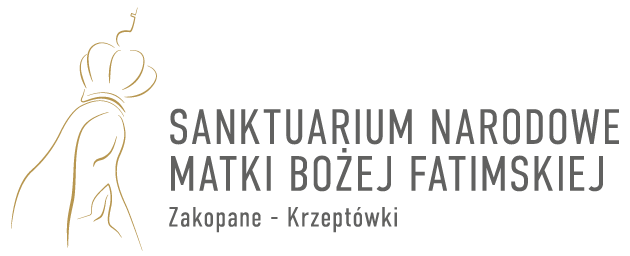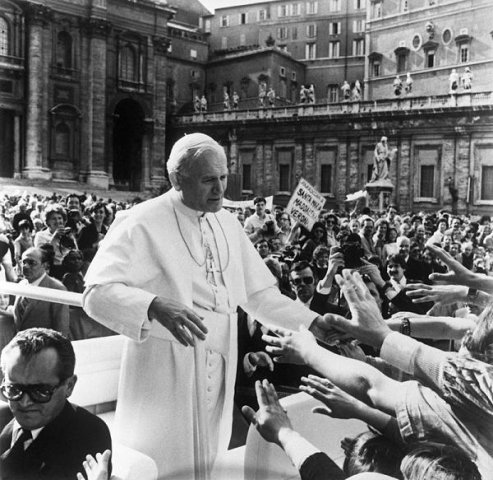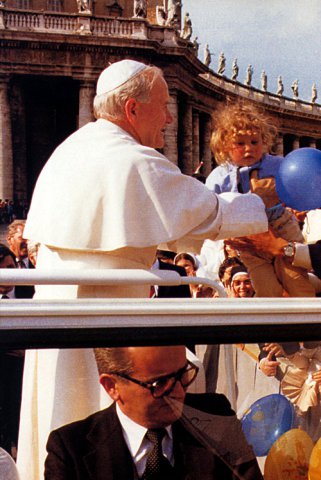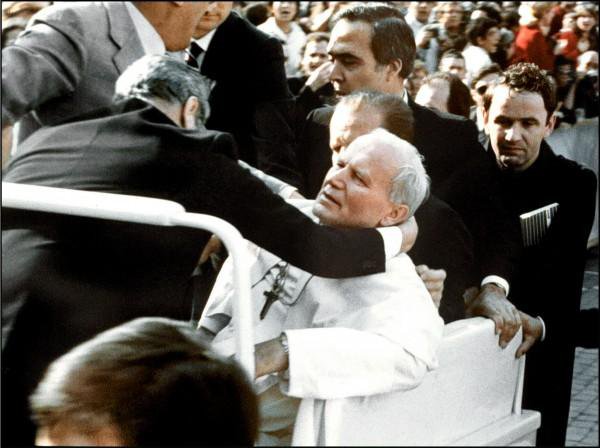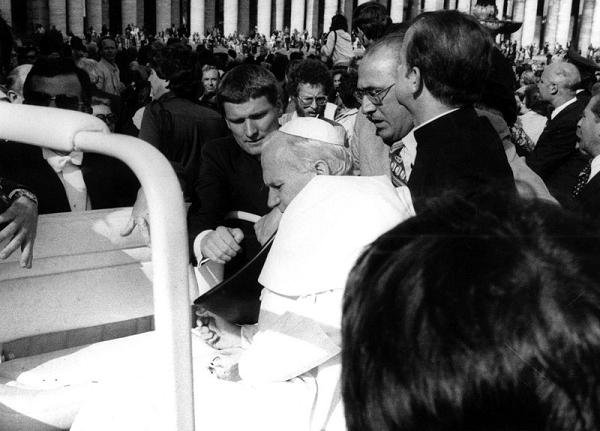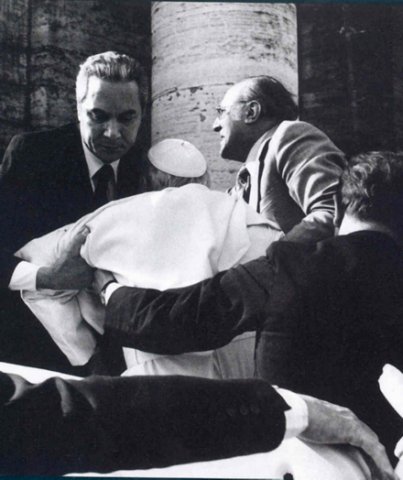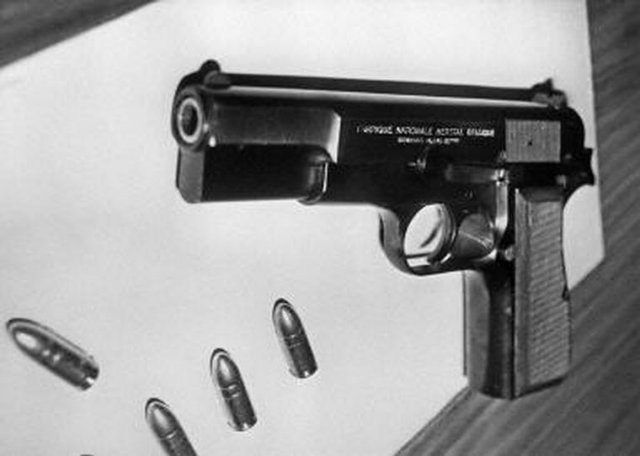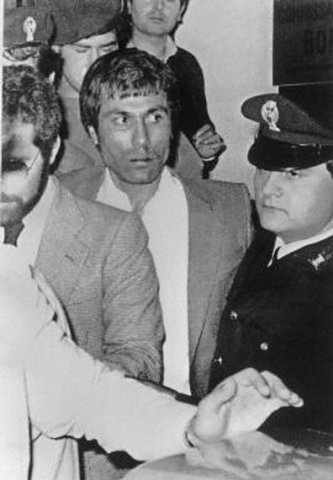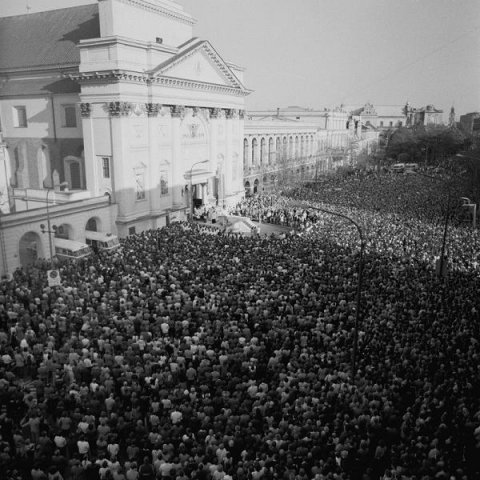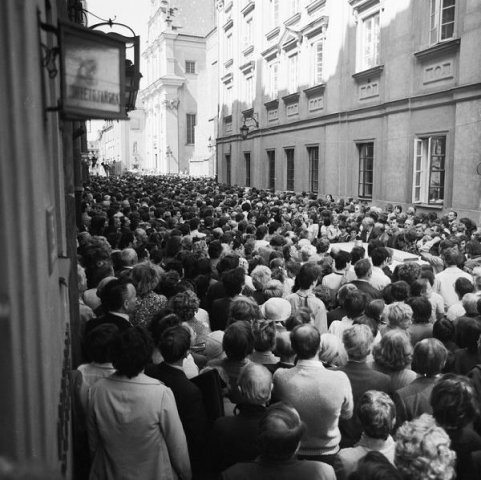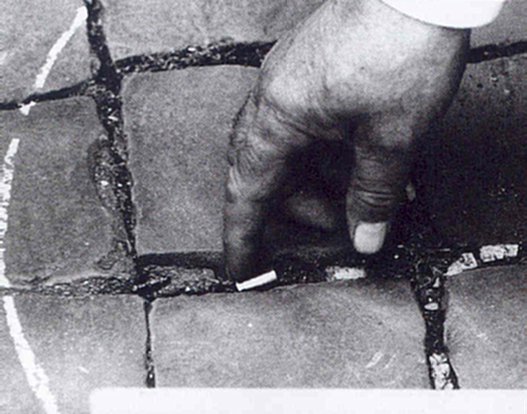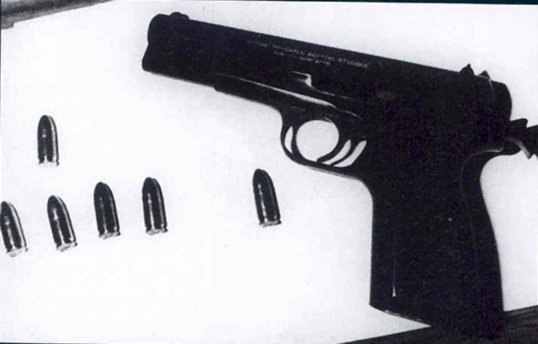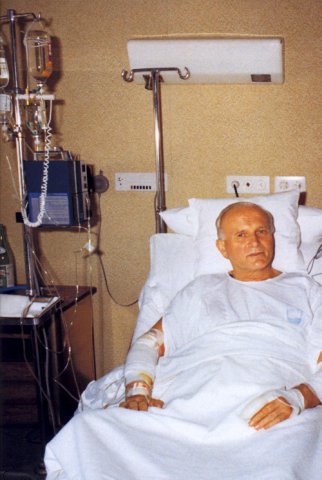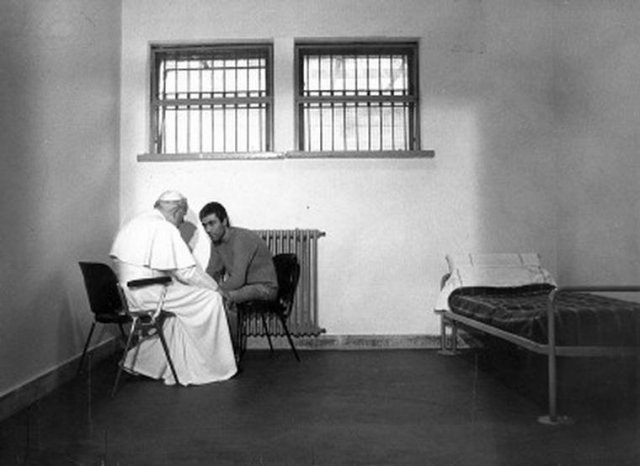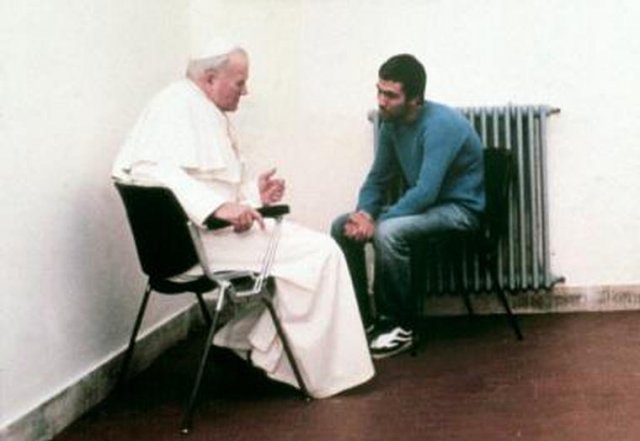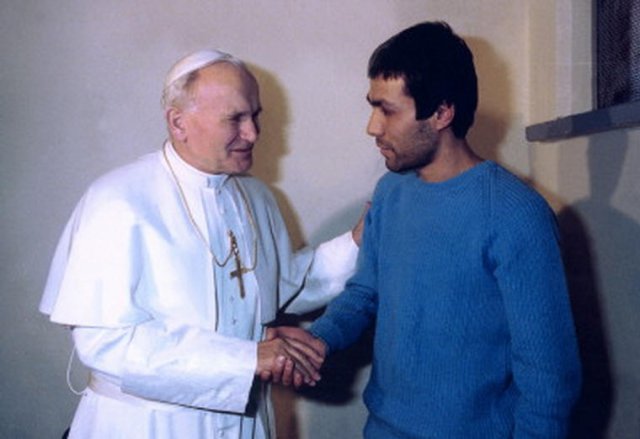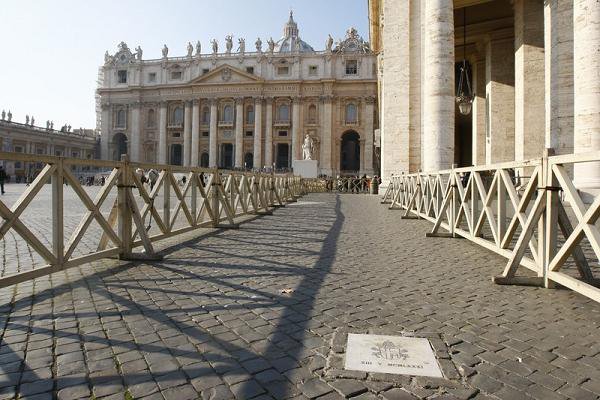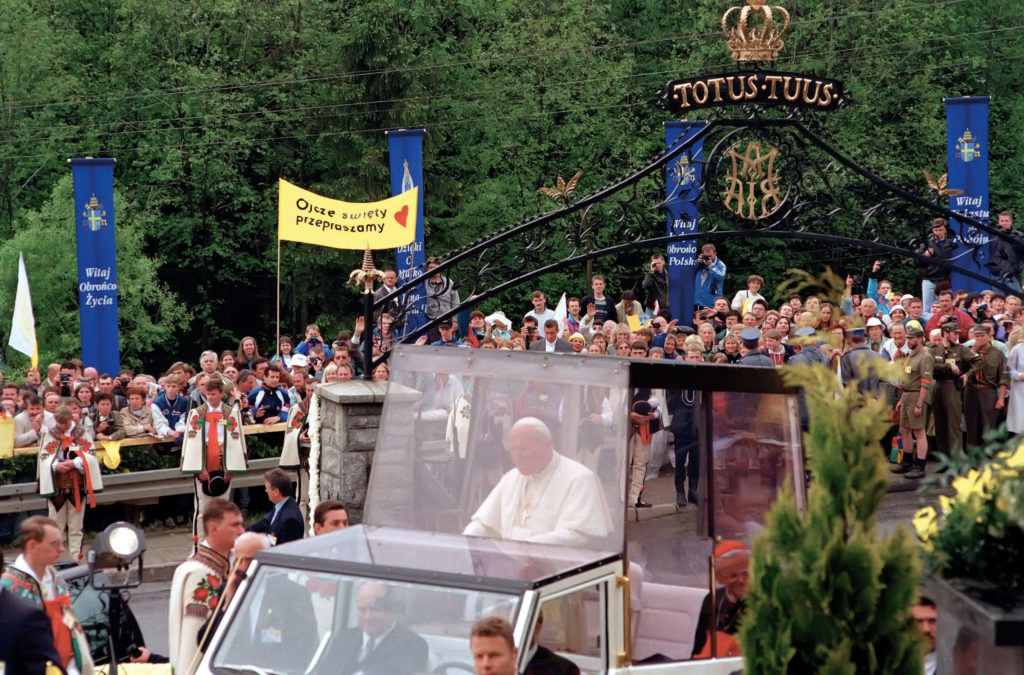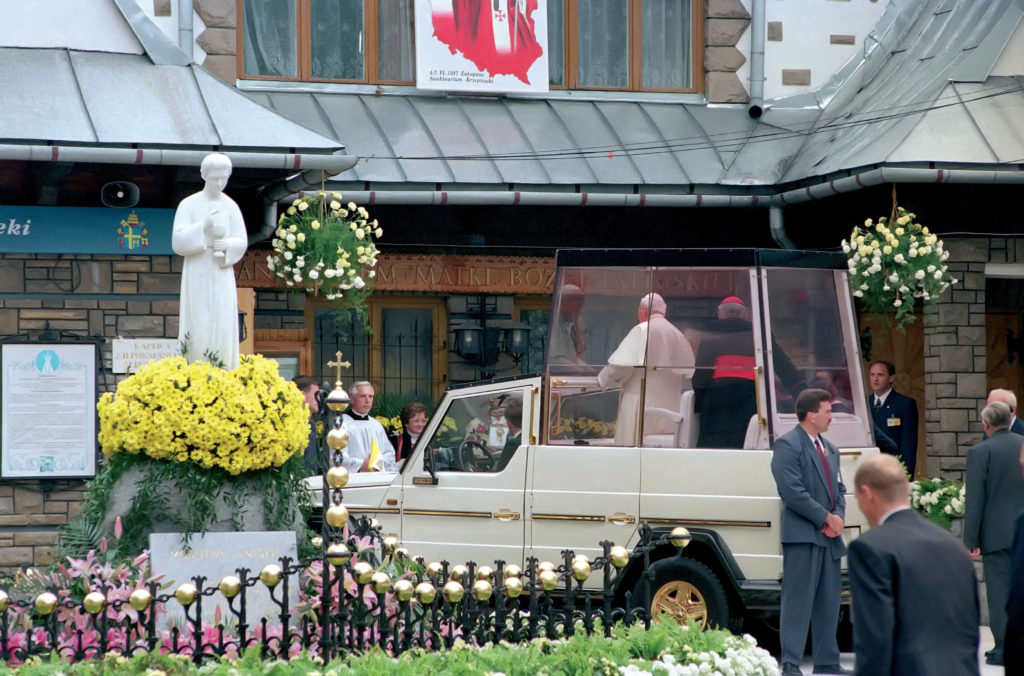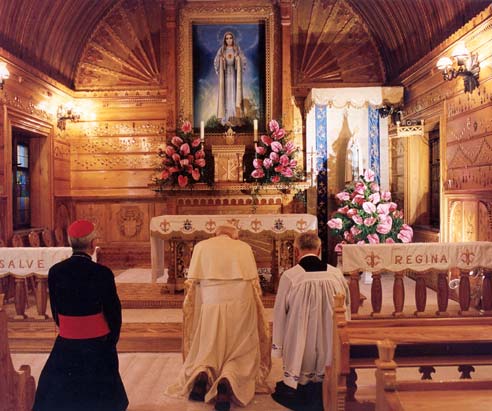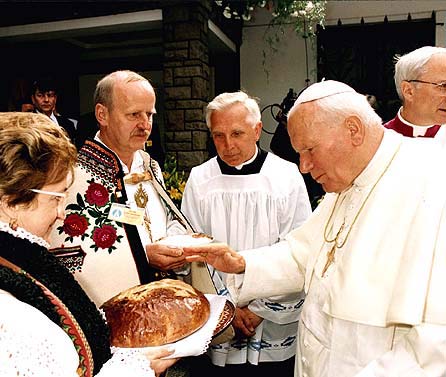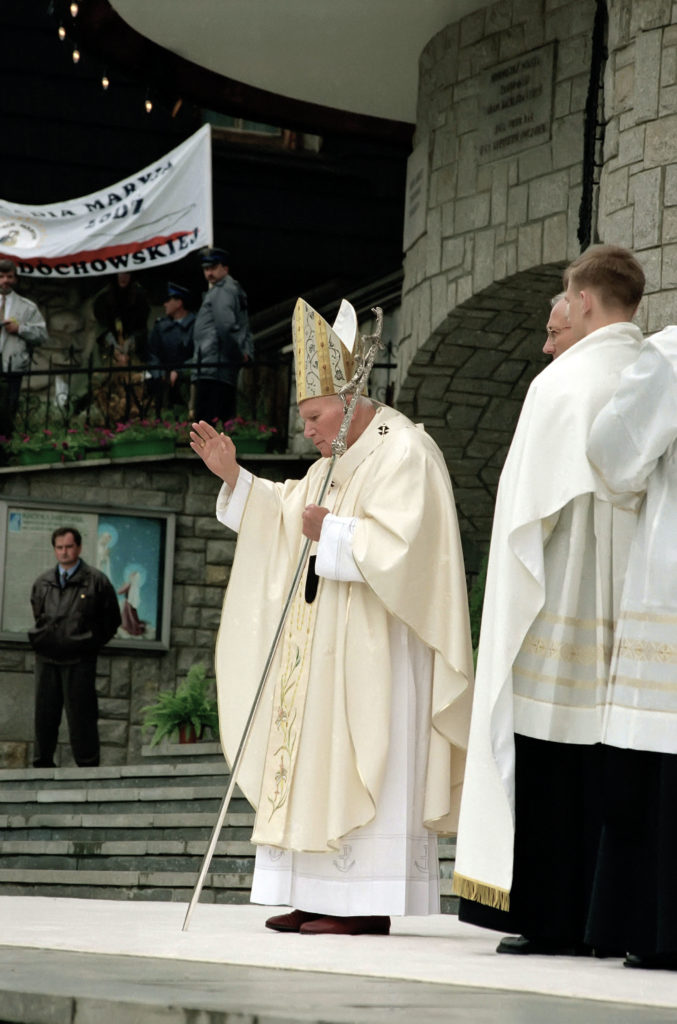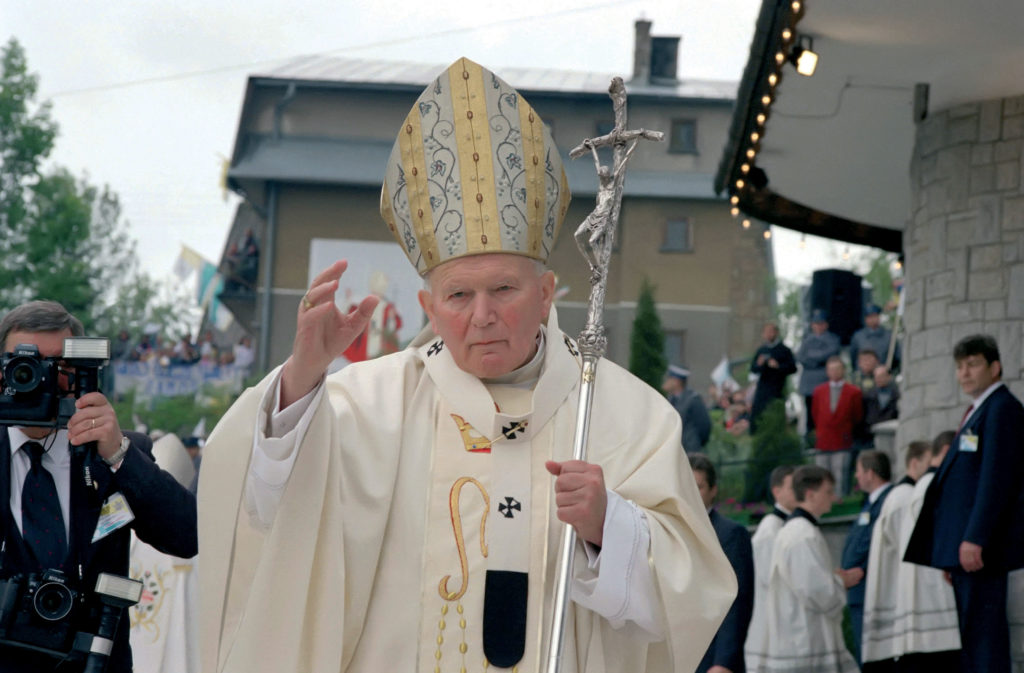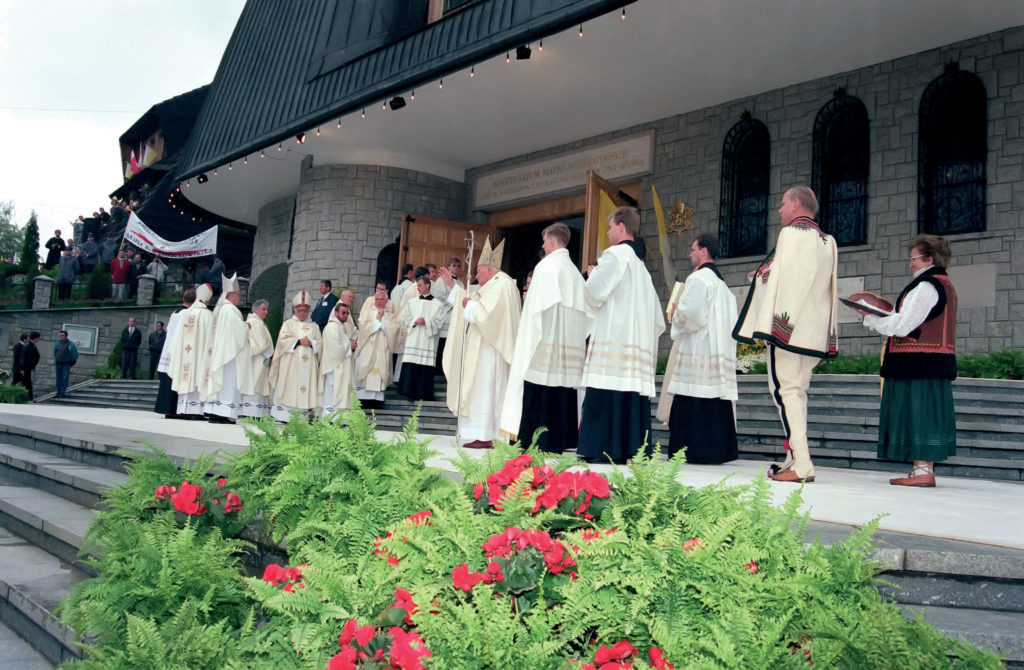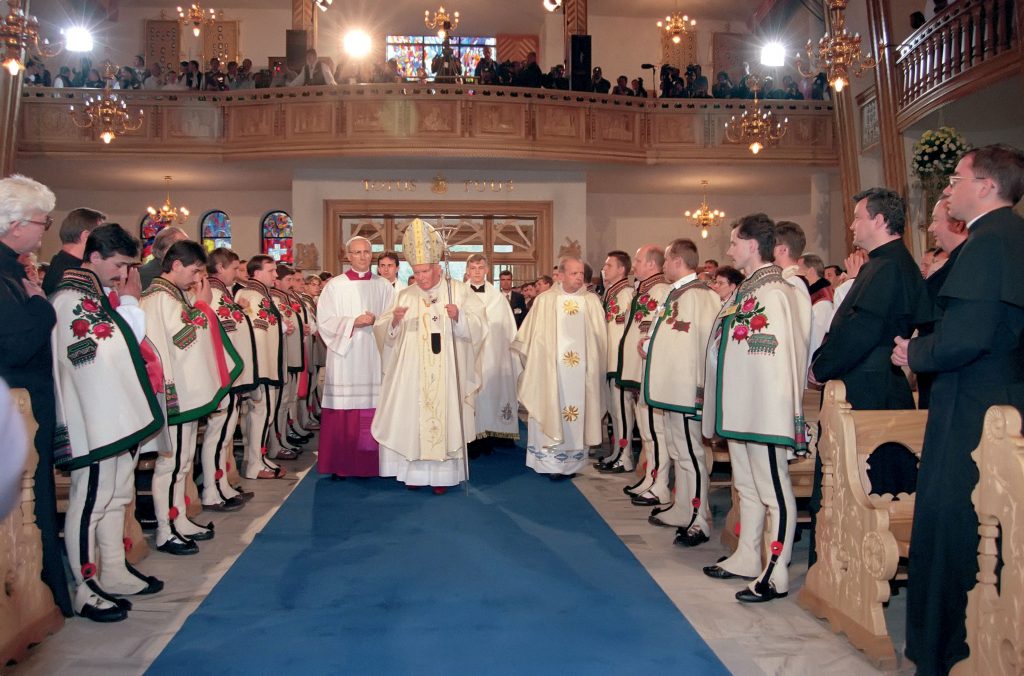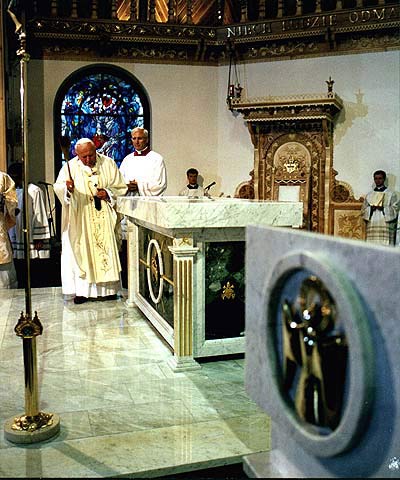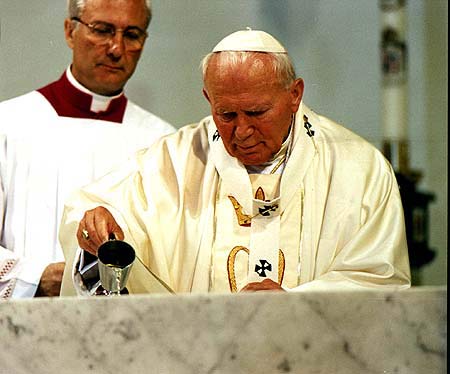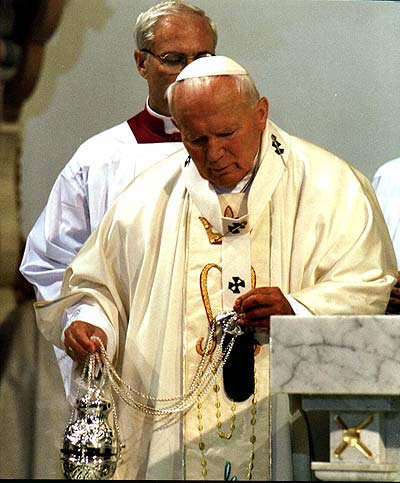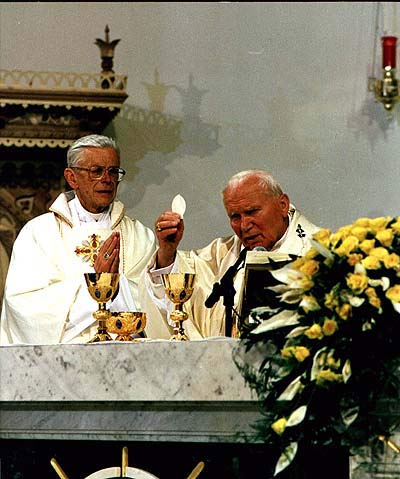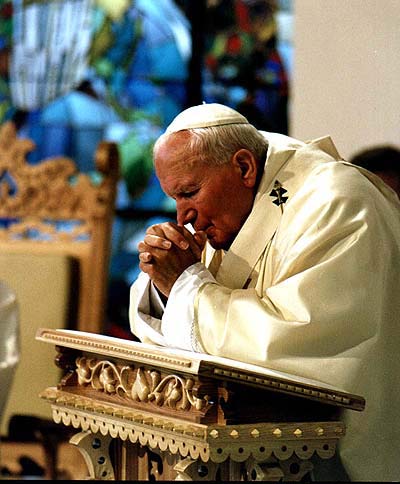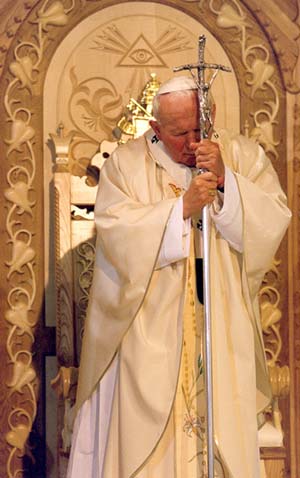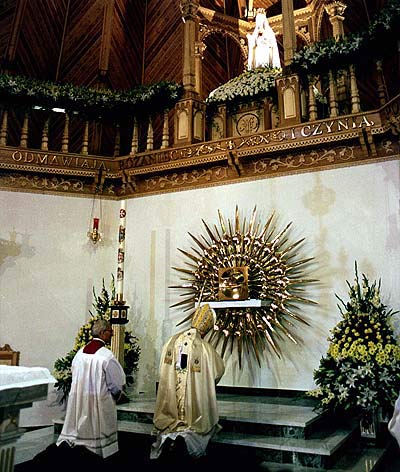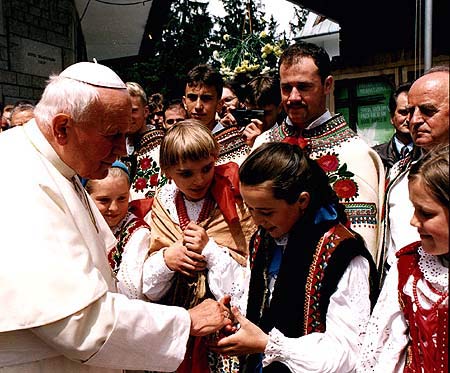The incredible story of the creation of the Shrine of Our Lady of Fatima in Poland
The origins of the special devotion towards Our Lady of Fatima in Zakopane date back to the Consecration of the Church in Poland to the Immaculate Heart of Mary, held by the Polish Episcopate in 1946. This act was a response to the commands of Our Lady of the Rosary, who called for the consecration of the world to her Immaculate Heart.
Father Leon Cieślak S.A.C., a Pallottine priest, who formed part of the preparation committee, started to organise first Saturday reparatory vigils in devotion of the Holy Mother at the monastery in Jasna Góra (a famous Polish shrine to the Virgin Mary and one of the country’s places of pilgrimage, which houses the image of the Black Madonna of Częstochowa, to which miraculous powers are attributed); as well as popularise the cult of Fatima all over the country.
The Pallotines came to a conclusion that a centre for the further promotion of the message of Our Lady of Fatima should be founded. Divine Providence had indicated Zakopane, where in 1950 the nucleus of the future Shrine of Our Lady of Fatima was established.
In 1951 a chapel was built, consecrated by the Metropolitan of Cracow, Archbishop Eugeniusz Baziak, on October 11, 1959. From the very beginning special services were organized here, in devotion to the Holy Mother, who had appeared in Fatima; Marian sermons were preached and the faithful were taught to fulfill the requests of Our Lady of Fatima.
Initially, the Shrine of Zakopane didn’t even have any statue of Our Lady of the Rosary. During the first few years the core of the cult was constituted by a painting, which depicted the apparitions of Our Lady to the three shepherds in Fatima.
This original locus of the Marian devotion in Zakopane was painted by Mr. Wroński from Częstochowa. It can still be admired in the Chapel of the Immaculate Heart of Mary.
In 1961 the Bishop of Leiria conferred a statue of Our Lady of Fatima to Cardinal Wyszyński. According to the intention of the donor, the statue was to travel through the European countries east of the Iron Curtain, where none of the pilgrim statues of Our Lady of the Rosary had previously arrived.
It remains a mystery how Father Czapla S.A.C. obtained this statue for Zakopane. On October 6, 1961, it arrived at the Shrine, from where it soon set out on a pilgrimage around the country. The most ardent members of the Pallottine community formed a retreat group, designed to hold retreats combined with the visit of the Fatima statue. The retreats were preached for twenty-six years in almost all Polish dioceses.
Due to sometimes unfavourable transport conditions, the statue needed to be renovated shortly after the pilgrimage. At this point, a local artist added shades of blue to the white coat of Our Lady of Fatima.
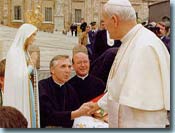
Twenty-six years after the beginning of the rosary retreats, on October 21, 1987, John Paul II crowned the statue of Our Lady of Fatima from Zakopane in Rome. On the head of the Holy Mother a crown was placed, which – as the Pope said – was to be “a reminder of what the Mother of God has done for her people”.
On May 13, 1981, on the exact anniversary of the first apparition of Our Lady in Fatima, in St. Peter’s Square there was an attempt on the Pope’s life. Later, the doctors claimed that the potentially deadly bullet had not followed a regular trajectory, thus omitting the vital organs by millimeters.
John Paul II was convinced that the Holy Mother had guided the bullet’s path and had saved his life.
“You have shown yourself Mother: (…) My Mother always, and in particular on that 13 May of 1981, on which I felt beside me your helping presence…”
The idea of the votive temple was born on that day.
Father Mirosław Drozdek S.A.C.: “[The church] was «created» at this very moment, on the day of the attempt. During the first hours of prayer, on May 13, 1981, between 8pm and 9pm, an important decision was made: «If God would spare the life of John Paul II, we would build a church here, as a votive offering for the saved life of the Holy Father». The Blessed Virgin Mary saved the Holy Father; the Pope himself confirmed it! And we were glad to keep our word.”
A rosary offered by the Pope and a picture of the Holy Father were embedded in the foundations of the church. Also, the Miraculous Medals were placed under each brick laid on the groundwork.
John Paul II was very eager to visit this temple.
He arrived here on June 7, 1997, in order to perform a ceremonial consecration of the church and to express his gratitude for all the prayers for him.
